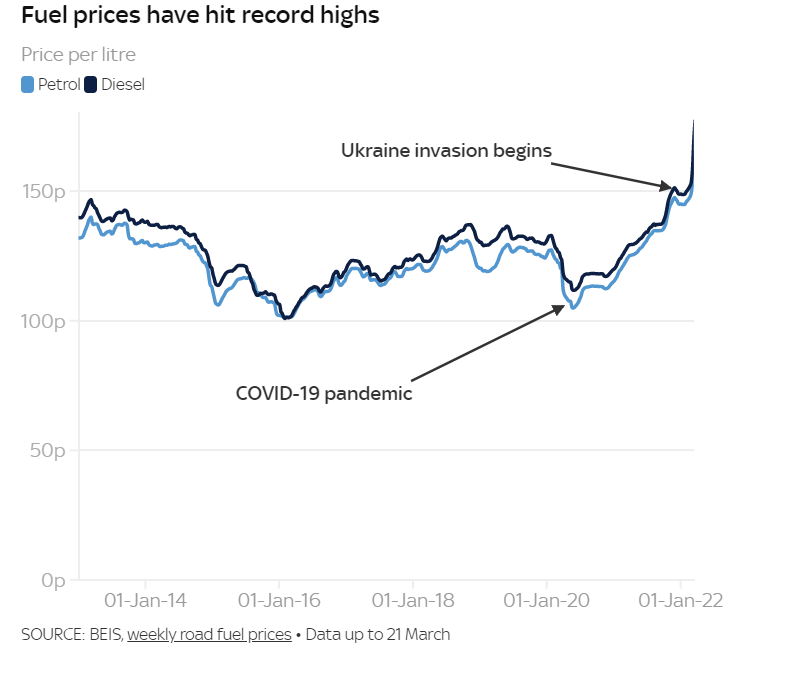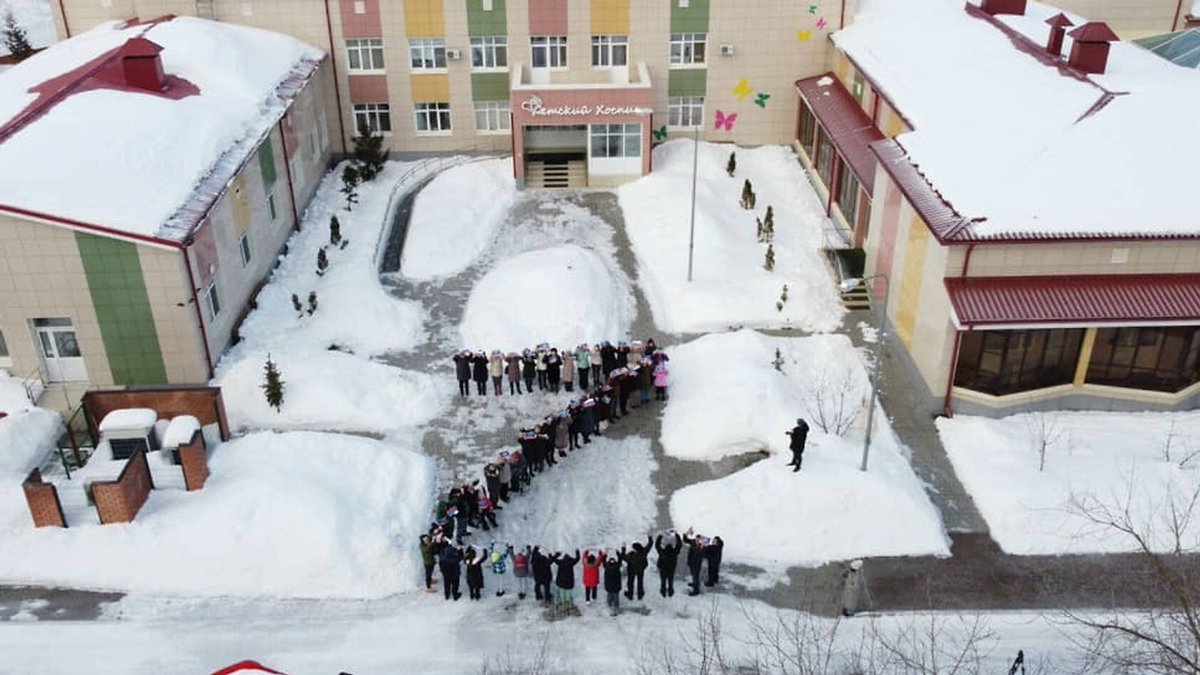
New figures have revealed more detail about the number of people who died during the #COVID19 pandemic.
Sky News analysis shows how many lost their lives, where most deaths took place, and where there were fewer deaths than usual 👇
Sky News analysis shows how many lost their lives, where most deaths took place, and where there were fewer deaths than usual 👇
Between March 2020 and December 2021, 133,623 more people died in England and Wales compared to the average in those months from 2015-2019, that figure is known as 'excess deaths'.
More than a third occurred in the second month of the pandemic, April 2020 trib.al/LMQxohd
More than a third occurred in the second month of the pandemic, April 2020 trib.al/LMQxohd

If you remove the people who died from COVID, there were actually 7,401 fewer deaths than would be expected during the same time frame.
11,552 fewer women died, compared to the average of 2015-19, but an extra 4,150 men died
trib.al/LMQxohd
11,552 fewer women died, compared to the average of 2015-19, but an extra 4,150 men died
trib.al/LMQxohd
London was worst hit, with Newham as the peak. The eight local authorities with the most excess deaths are all in the capital.
Only Torridge, in North Devon, recorded no more deaths during the period than it would have expected in normal times
trib.al/LMQxohd
Only Torridge, in North Devon, recorded no more deaths during the period than it would have expected in normal times
trib.al/LMQxohd

Total deaths were highest among the oldest, but there were additional deaths for all age groups older than 25.
Professor Sir @d_spiegel says "the pandemic was a net life-saver for young people, but this does not mean it is a good thing to lock them up"
trib.al/LMQxohd
Professor Sir @d_spiegel says "the pandemic was a net life-saver for young people, but this does not mean it is a good thing to lock them up"
trib.al/LMQxohd

There were fewer non-COVID deaths recorded in hospitals, care homes and hospices than would have been expected in normal times.
But the number of people dying at home rose by 75,668, similar to the fall in people dying at hospital - 74,183 trib.al/LMQxohd
But the number of people dying at home rose by 75,668, similar to the fall in people dying at hospital - 74,183 trib.al/LMQxohd

Estimates from @TheLancet suggest that the UK is not among the worst-performing countries when it comes to excess deaths. The UK's figure is average among high income countries and lower than the average for western Europe.
Full story here 👇 trib.al/LMQxohd
Full story here 👇 trib.al/LMQxohd
• • •
Missing some Tweet in this thread? You can try to
force a refresh












